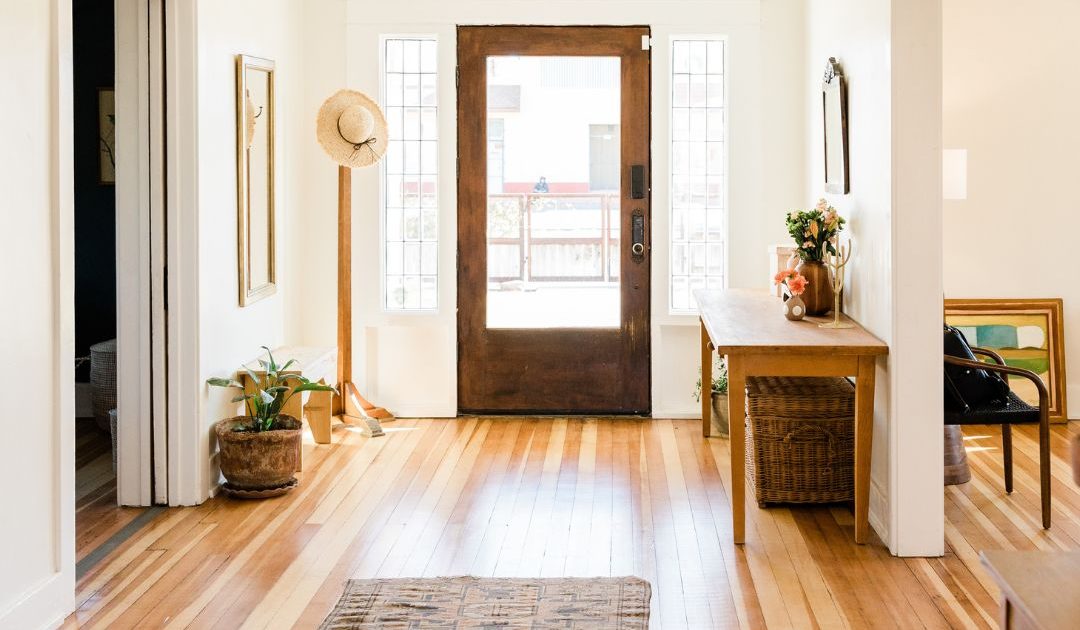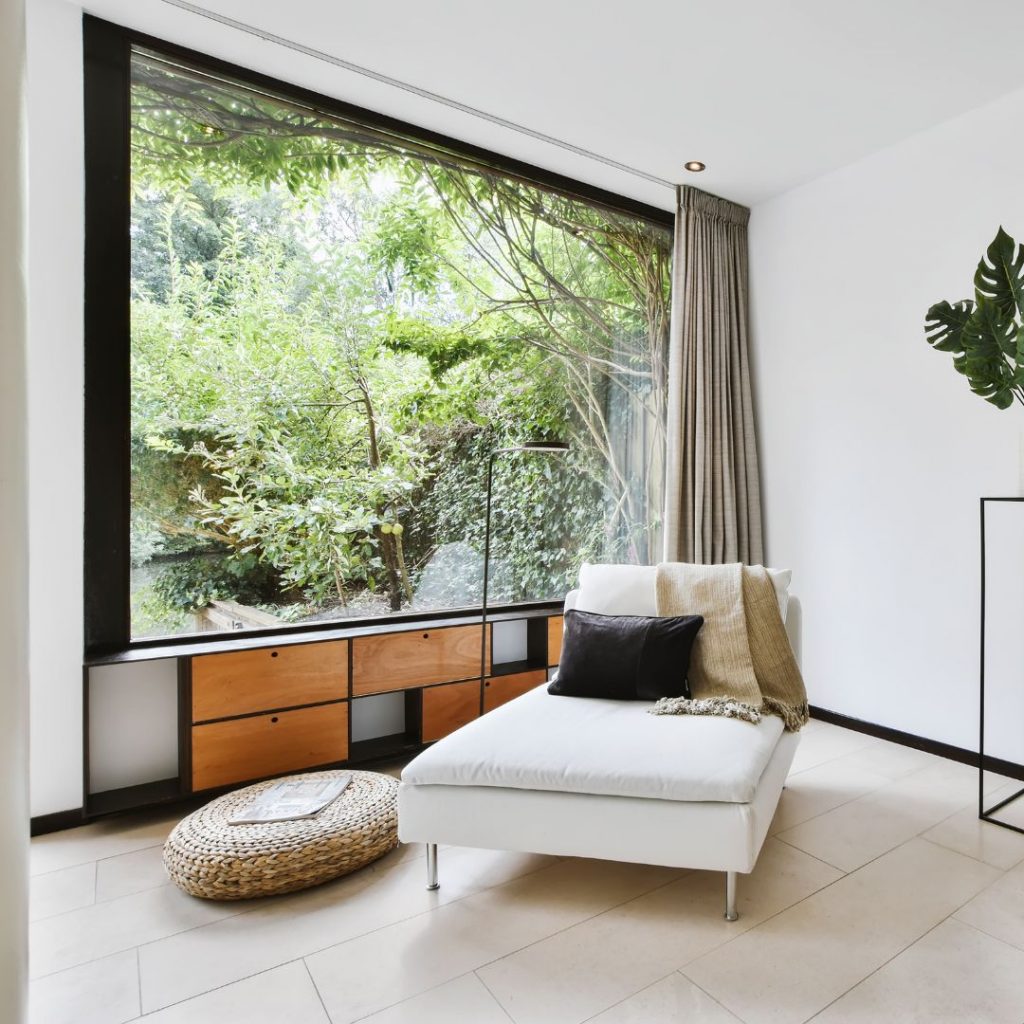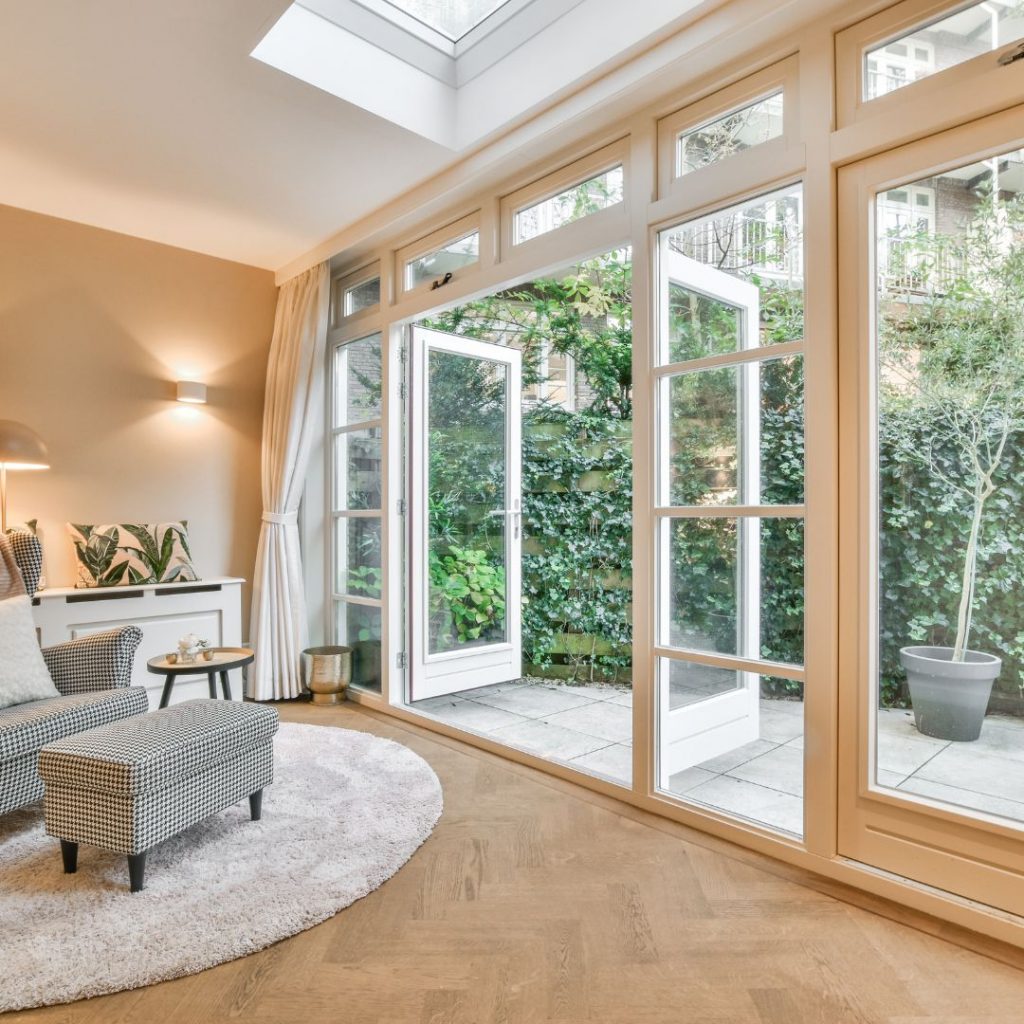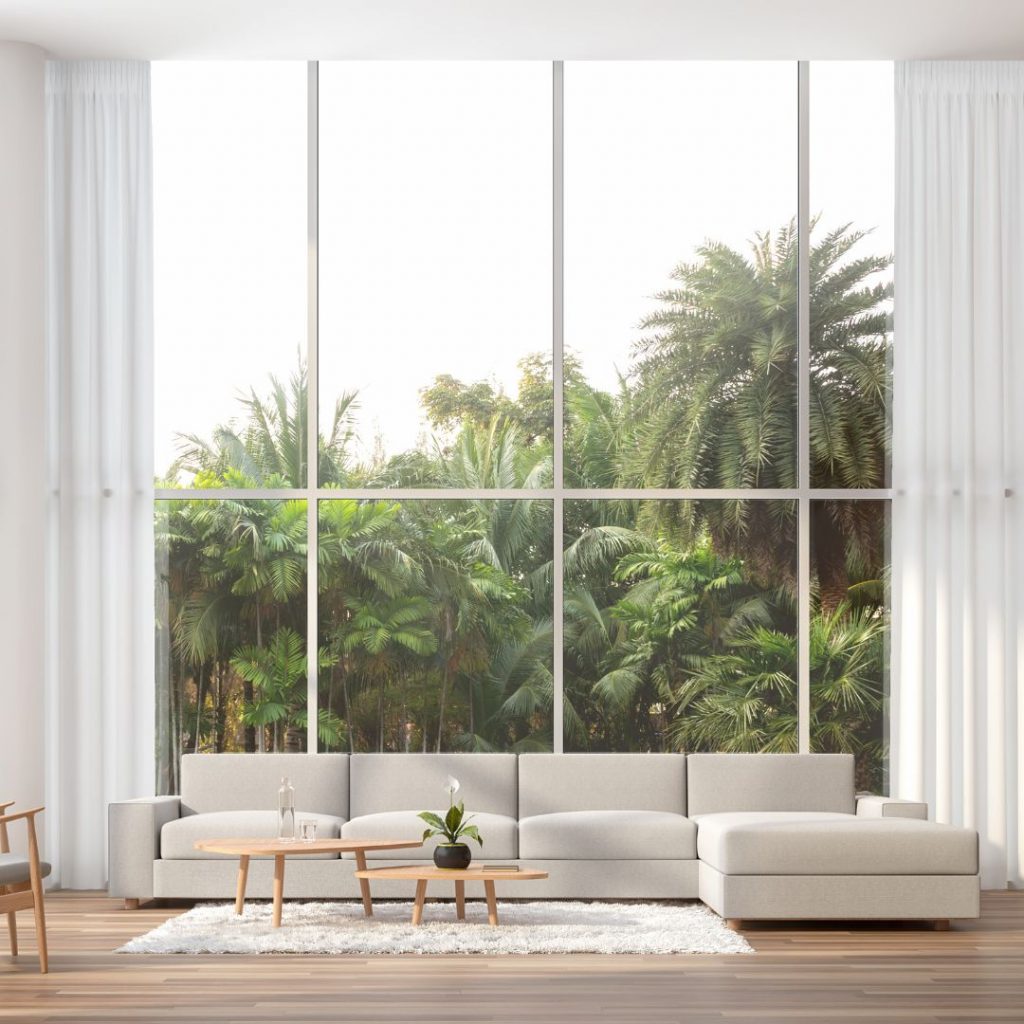Natural Light in Urban Environments
Urban landscapes present unique challenges for incorporating natural light. High-rise buildings, narrow streets, and limited green spaces can hinder sunlight access. However, innovative solutions, such as reflective surfaces and the integration of greenery, can mitigate these challenges, creating well-lit urban spaces.
Cultural and Historical Perspectives on Natural Light
Looking back at iconic structures, natural light has always been a muse for architects. From the Pantheon’s oculus to the modern marvels like the Sydney Opera House, cultural and historical perspectives reveal a consistent appreciation for the beauty and functionality natural light brings to architectural creations.
Overcoming Common Misconceptions about Natural Light
Despite the numerous benefits, some misconceptions linger. Concerns about glare and UV exposure often deter architects from fully embracing natural light. However, with thoughtful design and the use of advanced materials, these concerns can be effectively addressed, allowing for the full enjoyment of natural light without compromise.
Cost-Effective Ways to Increase Natural Light in Existing Structures
For existing structures, increasing natural light doesn’t necessarily require a complete overhaul. Renovation strategies, such as adding skylights, expanding existing windows, or using reflective surfaces, offer cost-effective ways to invite more sunlight into spaces, enhancing both aesthetics and functionality.
Conclusion
In the ever-evolving realm of architectural design, natural light stands as a timeless ally. Beyond its aesthetic appeal, the benefits span from promoting well-being and productivity to contributing to sustainable practices. Architects who embrace the potential of natural light elevate their creations into spaces that not only captivate the eye but also enrich the lives within.




